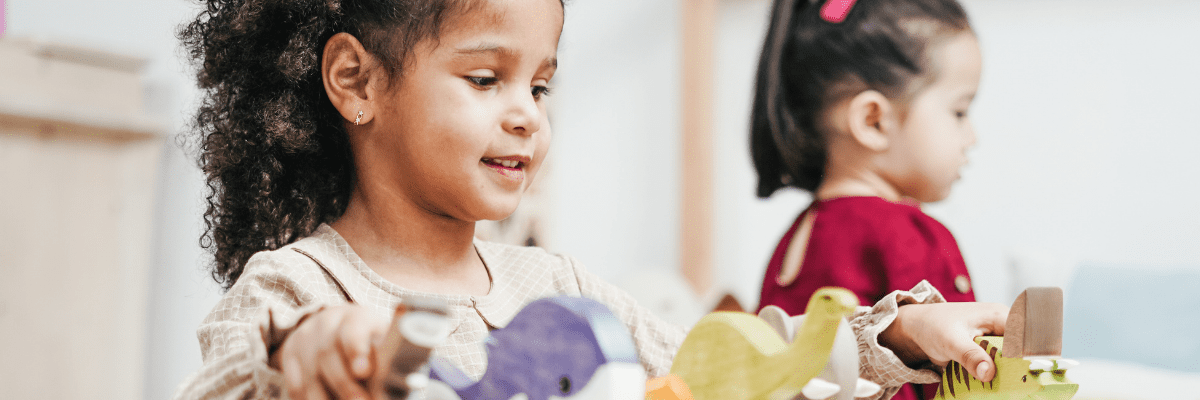
It is normal for children to appear clumsy when they initially reach their walking milestones. At the 12-month mark, children will begin to learn to master a brand new and very important skill!
Over time walking becomes a developed skill with coordination and balance finding stabilisation in their gait by 3 years old.
For some children, a delay in refining gross motor skills for walking can become challenging, which is frustrating for children and often upsetting for parents.
A delay in development reduces independence and increases occurrences of injury.
Symptoms:
- Regular tripping, falling, unable to walk in the same direction, uneven steps, unable to maintain balance
- Difficulty with motor skills; decreased coordination – struggling with brushing teeth, doing buttons on clothing, struggling with climbing etc
As podiatrists, we assess the contributing factors to why your child may be walking with a ‘clumsy’ gait pattern.
We check for:
- Developmental milestones – checking to see that these have been met to ensure there’s no other clinical history that is relevant.
- Limb length differences, which can make it harder for ground clearance when walking, making your child’s walking pattern appear clumsy, and increases their chances of tripping
- Neurological assessment; checking reflexes, contractures and assessing for signs of foot drop
- Muscle strength, symmetry, developmental coordination, and gross motor skill assessment
Based on the outcome of your child’s assessment this will determine the best treatment pathway for your child. Through understanding the causes, we make clinical decisions on your child’s treatment, to achieve the best outcome for your child.
In some instances, monitoring behaviours and gait patterns with a few exercises can be enough to help your child reach developmental milestones into their childhood without delay.
In some cases, treatment may involve:
- Exercise’s therapy – to improve specific muscle adaptation
- Footwear recommendations and changes to improve gait
- Orthoses – custom foot orthoses to stabilise and improve gait efficiency
- Braces +/- splinting: with a drop foot your child may benefit from an Ankle Foot Orthoses
- Gait retraining – improve motor patterning
Depending on the outcome of your child’s assessment referral onwards to physiotherapy may be beneficial, the great thing about Sports and Spinal is that we have multiple allied health professions under the same roof to ensure your child feels comfortable in their surroundings and continuity of care is key.
If you think podiatry is a suitable treatment for your child call your nearest clinic to book your next appointment or feel free to simply ask some questions to learn more.
Written By Podiatrist, Gabi Bogatko
Gabi is experienced in all facets of Podiatry including musculoskeletal conditions of the feet and legs, video gait analysis, biomechanical assessment, paediatric foot/leg assessment, lower limb acupuncture/ dry needling, and orthotic therapy. In addition to Bachelors of Podiatry Gabi also holds a Diploma in Football Medicine through the FIFA Medical Network which has created an excellent platform to connect with world-leading experts internationally
Gabi is available at our Caloundra and Sippy Downs clinic.

